 |
Virtual rendering of Takis designs for Guildhall School of Music's opera double bill
|
We started the week with Shakespeare's A Midsummer Night's Dream, as filtered through Felix Mendelssohn's imagination. As part of his Mendelssohn cycle with the London Symphony Orchestra (LSO), John Eliot Gardiner performed Mendelssohn's Symphony No .1 and incidental music to A Midsummer Night's Dream at the Barbican in February 2016 and that was the LSO's archive broadcast as part of its Always Playing season.
Gardiner has a long history of working with modern instrument orchestra and, using a reduced size LSO, he conjured some wonderful sounds in Mendelssohn's early symphony (written when he was just 15). When Mendelssohn conducted the symphony in London when he was 20, he wrote to his parents that he thought the scherzo was boring and so had created a new one from the scherzo to the Octet! Gardiner, ever interested in the fine detail of the music, gave us both scherzos. Delicious.
Then came the music from A Midsummer Night's Dream. Mendelssohn writes little for the mechanicals, and not that much for the lovers, so Gardiner had trimmed the music slightly, and created a version in which three actors from Guildhall School of Music and Drama played seven roles, Ceri-Lyn Cissone was Hermia/Fairy/Titania, Frankie Wakefield was Oberon/Theseus, and Alexander Knox Lysander/Puck. The result was highly satisfying, with some lovely singing from the women of the Monteverdi Choir, which provided the fairy soloists as well, Jessica Cale, Sarah Denbee, Charlotte Ashley, Rebecca Hardwick.
Such trimmings down work well because Mendelssohn's overture, written when he was 17, was not designed for a performance of the play and is more of a tone poem, encapsulating the entire work in a single piece of music. All the more remarkably, when Mendelssohn returned to the play 16 years later he was able to re-capture the moment.
Faced with the complete loss of her company's 2020 season, Wasfi Kani of Grange Park Opera had a Judy Garland moment, 'let's do the show right here!', and created an enterprising
Found Season in which performances were created in a socially distanced way, many from the empty Grange Park Opera auditorium in Surrey. On Tuesday we caught up with the season with Dominick Argento's one-act monodrama,
Miss Havisham's Wedding Night (in fact there are three characters, but two are silent!). Performed in a fully staged version by soprano Sarah Minns and pianist David Eaton. Dominick Argento (1927-2019) composed
Miss Havisham's Fire in 1979; a full length opera with 19 characters, it gave some back story to the character from Dickens'
David Copperfield (note of trivia: in Dickens it is clear that Miss Havisham is in her 30s, but 20th century interpretations have always made her considerably older). The opera was not a great success and Argento boiled it down to the one-act monodrama in 1981. It remains a curious piece, but Minns gave a terrific performance as the disturbed spinster who constantly returns to the disastrous events of her wedding night.
On Wednesday there was more live music as the City Music Foundation (CMF) presented the first of its series of recitals from the clock tower at St Pancras. The CMF mentors and coaches young artists, creating performance opportunities for them with a series of recitals. With lockdown and the loss of income, CMF has found its role changing as it seeks to
support the young artists, both financially and to provide alternative performance opportunities. This first recital featured mezzo-soprano Lotte Betts Dean, guitarist Andrey Lebedev and accordion player Bartosz Glowacki in a delightful programme which moved from Piazzolla, Fernando Sor and Garcia Lorca, through Bach and Monteverdi, to Charles Trenet and Antônio Carlos Jobim. Please
do support the CMF and its young artists if you can, clock tower recitals are at 6pm on Wednesdays.
The Summer term is the time when many conservatoires put on their annual opera performances. Determined not to miss the opportunity, the Guildhall School of Music and Drama turned to technology when social distancing came into operation. The result was the double bill of Purcell's Dido and Aeneas and Respighi's La bella dormente nel bosco directed by Olivia Fuchs and conducted by Dominic Wheeler. Amazingly both operas were created without anyone actually meeting, everything was done remotely. Fuchs and Wheeler had trimmed the pieces slightly, and all the performers recorded their performances at home, coached by Fuchs and Wheeler. The young students of the more technical departments of the Guildhall School used technology to create a 3-D visualisation of what the production would have looked like. The resulting videos present the view with a choice, either a collage of the filmed performances and the 3-D visualisation, or pure filmed performance. We saw both for the Purcell and, as I did not know the Respighi, opted for the collaged version to get a better feel for the staging.
The result was remarkable and it is a testament to the skills of the performers and the production team that they created performances which held one's attention. Initially, given the range of new skills to be learned, the intention had been to release excerpts but it was decided to release the whole, rough edges and all. In fact, any rough edges simply created a new sense of performance. In
Dido and Aeneas we had two Didos, Elsa Roux Chamoux and Ema Nikolovska, with Tom Mole as Aeneas, Lara Marie Muller as Belinda and Collin Shay and Nils Wandrer as the Sorceress. Credit to them all for such a riveting and powerful result. The Respighi was intriguing and charming, with some lovely, lovely music and I certainly want to encounter it in the theatre. The double bill is available on-line until 1 July, see the
Guildhall School's website.
On Saturday it was back to Covent Garden for the second of the Royal Opera House's live performances, and this occasion was doubly moving as it featured Dame Sarah Connolly's first performance since her illness (she has been receiving treatment for breast cancer). We started with rare Frederick Ashton, the Dance of the Blessed Spirits performed to Gluck's music from Orpheo and Eurydice by Vadim Muntagirov. The there was a chamber arrangement of Mahler's Das Lied von der Erde conducted by Antonio Pappano with members of the Royal Opera House orchestra, and soloists Sarah Connolly and David Butt Philip. It was illuminating, hearing the work performed in the chamber version as it revealed details which are often overlooked in performance, added to which the balance in the tenor solos is somewhat easier. This was a moving and powerful performance, but throughout I kept getting visual images too, as in that building I associate the work very much with Kenneth Macmillan's Song of the Earth which I have have seen with artists as diverse as Marcia Haydee (for whom Macmillan choreographed it in Stuttgart), Anthony Dowell and, most recently, Carlos Acosta. I have always felt that the closing pages of the ballet are one of the most perfect syntheses of visuals, music and movement ever.
Elsewhere on-line, there has been a lot going on with plenty of exciting new content.



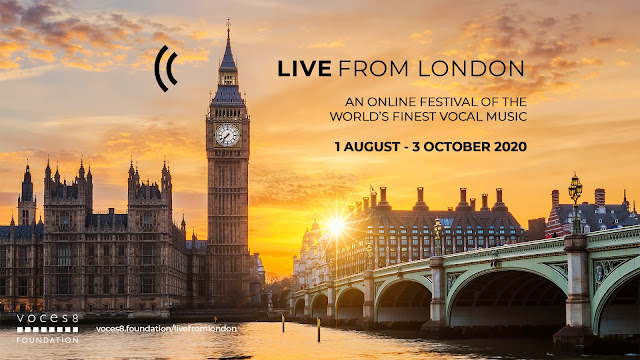







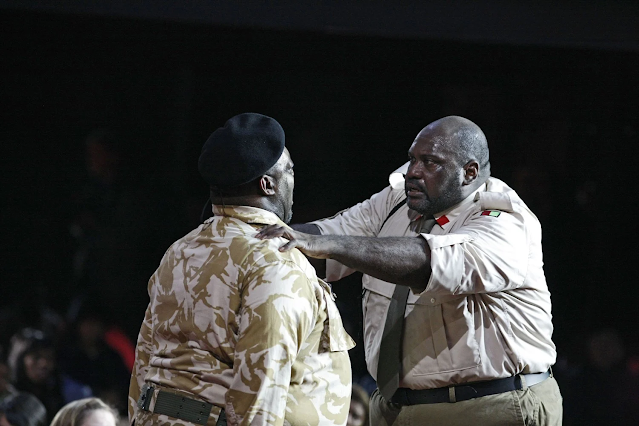





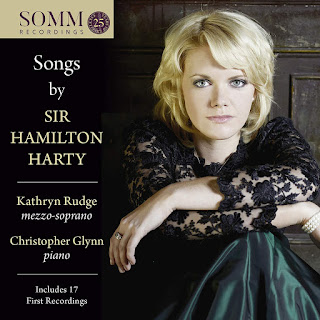



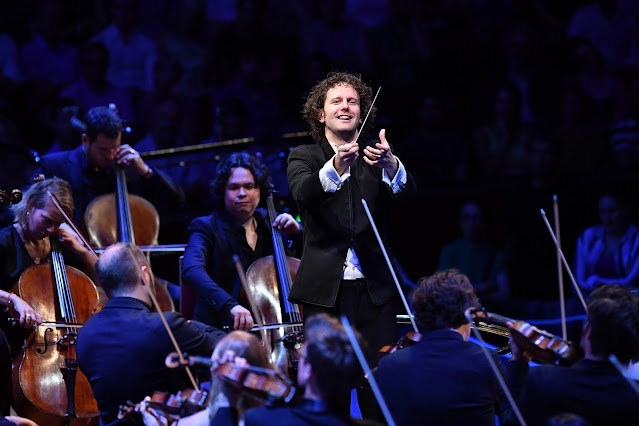
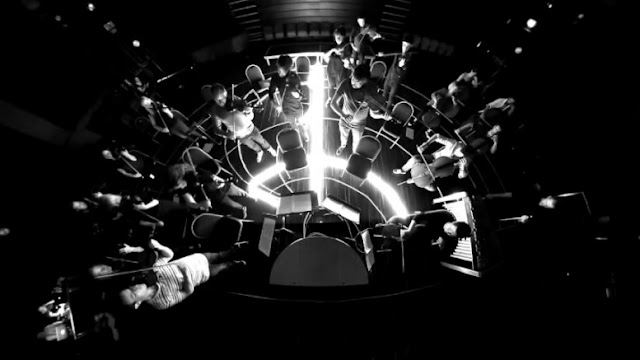











%20TallWall%20Media_Oxford%20Song.jpg)
%20TallWall%20Media_Oxford%20Song.jpg)

%20TallWall%20Media_Oxford%20Song.jpg)
